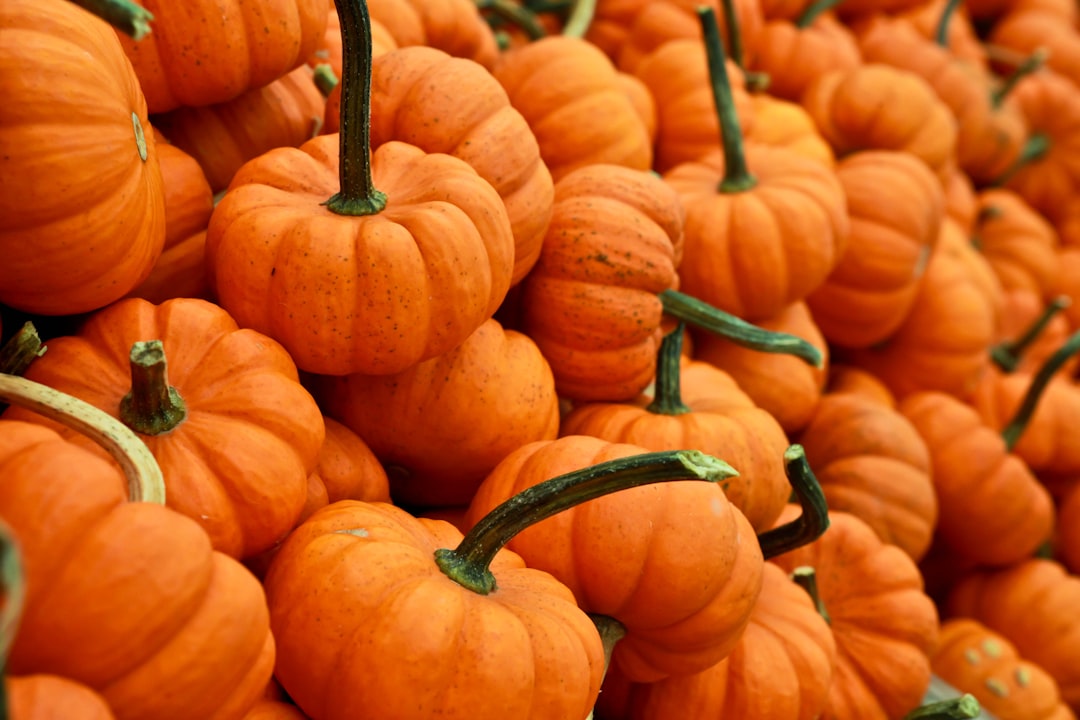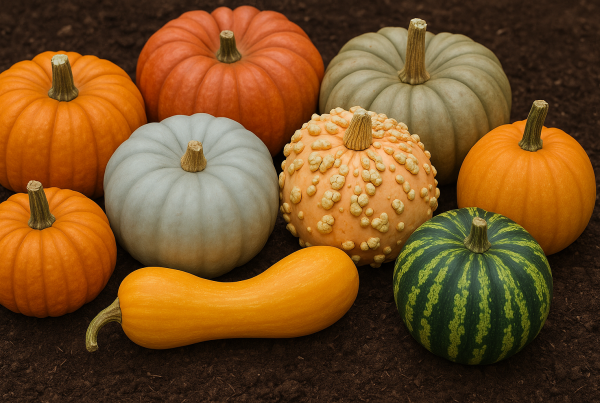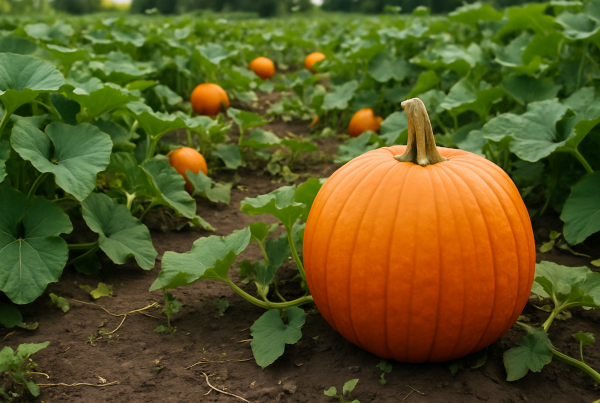Tracing the Pumpkin’s Roots: A Journey Through Its Origin Country, Scientific Name, and Historical Significance
Pumpkins have long captured the imagination and hearts of people around the world, from their humble beginnings to their current status as autumnal icons. Originating in the Americas, this versatile fruit has a rich history and plays a significant role in various cultural traditions, particularly during Halloween and Thanksgiving. Scientifically known as Cucurbita pepo, pumpkins belong to the gourd family and have been cultivated for thousands of years. In this exploration, we will delve into the pumpkin’s origin, uncover what pumpkins were originally used for, and highlight fascinating facts about their journey from ancient times to modern celebrations. Join us as we trace the pumpkin’s roots and discover the myriad ways this beloved fruit has shaped traditions and culinary practices across the globe.
Unveiling Pumpkin Origin
Tracing the Pumpkin’s Ancestry
Pumpkins trace their ancestry to Central America, specifically the region that is now Mexico. Archaeological evidence suggests that pumpkins were first domesticated around 7,500 to 5,000 B.C. The ancient peoples of the Americas were the first to cultivate pumpkins and other members of the gourd family. Initially, pumpkins were not the sweet, orange fruits we know today. Early pumpkins were small, hard, and bitter. They were primarily used for their seeds and as containers, given their durable rinds. Over millennia, selective cultivation transformed these early ancestors into the diverse varieties we see today. Understanding the pumpkin’s origin country helps us appreciate how this fruit has evolved and spread globally, becoming a staple in both culinary and cultural traditions.
Pumpkin Origin Country Insights
Pumpkins, native to the Americas, have deep roots in Mexico. This region, with its warm climate and fertile land, provided the ideal conditions for the early domestication of pumpkins and their relatives. This fruit’s domestication was part of a larger agricultural revolution that included other staples such as maize and beans. The indigenous people of Mexico and Central America incorporated pumpkins into their diet, using them not only for sustenance but also for their nutritional benefits. Rich in vitamins and minerals, pumpkins became an essential part of meals. Beyond food, early civilizations utilized pumpkins in various practical ways, such as crafting utensils and storage containers from their hard shells. These insights into the pumpkin’s origin country reveal a dynamic interplay between environment, culture, and agriculture that has allowed pumpkins to thrive and eventually spread to other parts of the world.
The Pumpkin’s Scientific Name and Family
The pumpkin, scientifically known as Cucurbita pepo, belongs to the gourd family, Cucurbitaceae. This family includes a wide array of fruits and vegetables, such as squash, zucchini, and cucumbers. The genus Cucurbita encompasses several species, many of which are cultivated for their edible fruits and seeds. The scientific classification of pumpkins emphasizes their connection to a diverse group of plants that are significant in global agriculture and cuisine. The name Cucurbita pepo specifically refers to the species that includes most of the pumpkins we are familiar with today. This species showcases a variety of shapes, sizes, and colors, each with unique uses and cultural significance. Understanding the pumpkin’s scientific name and family helps in appreciating its role not just as a culinary delight but also as a subject of agricultural and botanical interest.









